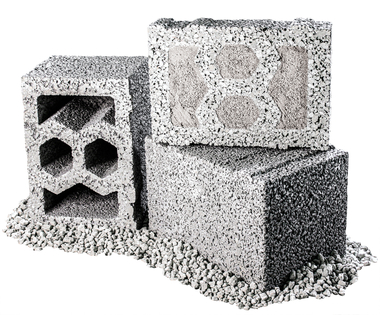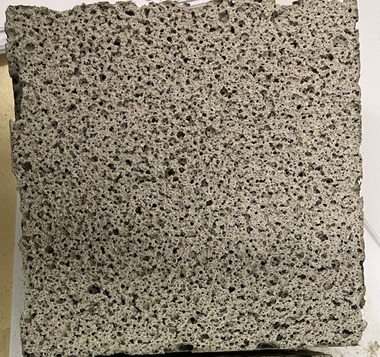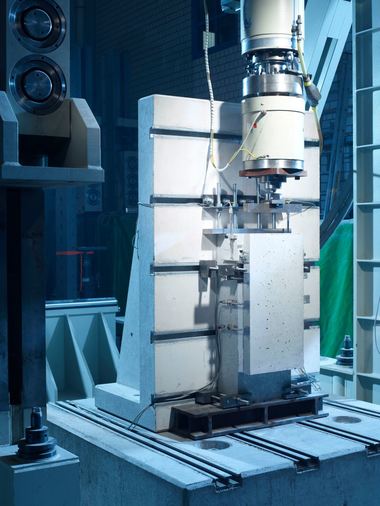Mineral foam – production methods,
quality assurance and potential applications
In the field of wall construction materials, material-related goals have led to the development of insulation materials that are inorganic and suitable for recycling on the one hand while providing high thermal insulation on the other. One approach is to develop high-insulation mineral foam that obtains its porosity not through a chemical gassing or thermal production process but through physical dispersion of air in a liquid medium. The use of hydraulically hardening binders results in a solidification of the foam structure.
While the initial production of a mineral foam does not pose any problems, special challenges arise when infilling highly porous wall construction materials. As a result of capillary suction, the foam is deprived of water within an extremely short time and to such an extent that it collapses. To prevent this from happening, IAB Weimar gGmbH has developed a process that shortens the solidification time of the foam. Since the production process presented is still fairly new, further developments in the process technology and in measurement methods for quality assurance are to be expected in the future.
It can be assumed that the demand for wall construction materials with integrated thermal insulation will continue to increase in the construction industry. Thermal insulation materials made from mineral foams will play an increasingly important role. The production process developed is intended primarily for manufacturers of wall construction materials. This can be porous ceramic wall construction materials (e.g. vertically perforated bricks) or lightweight concrete blocks. In addition, the mineral foam can be used in other areas of precast concrete production. Sandwich components with mineral thermal insulation can improve both the environmental performance and recyclability of the composite construction materials. The mineral foam can additionally be used for refurbishment measures and for backfilling cavities in existing structures.







